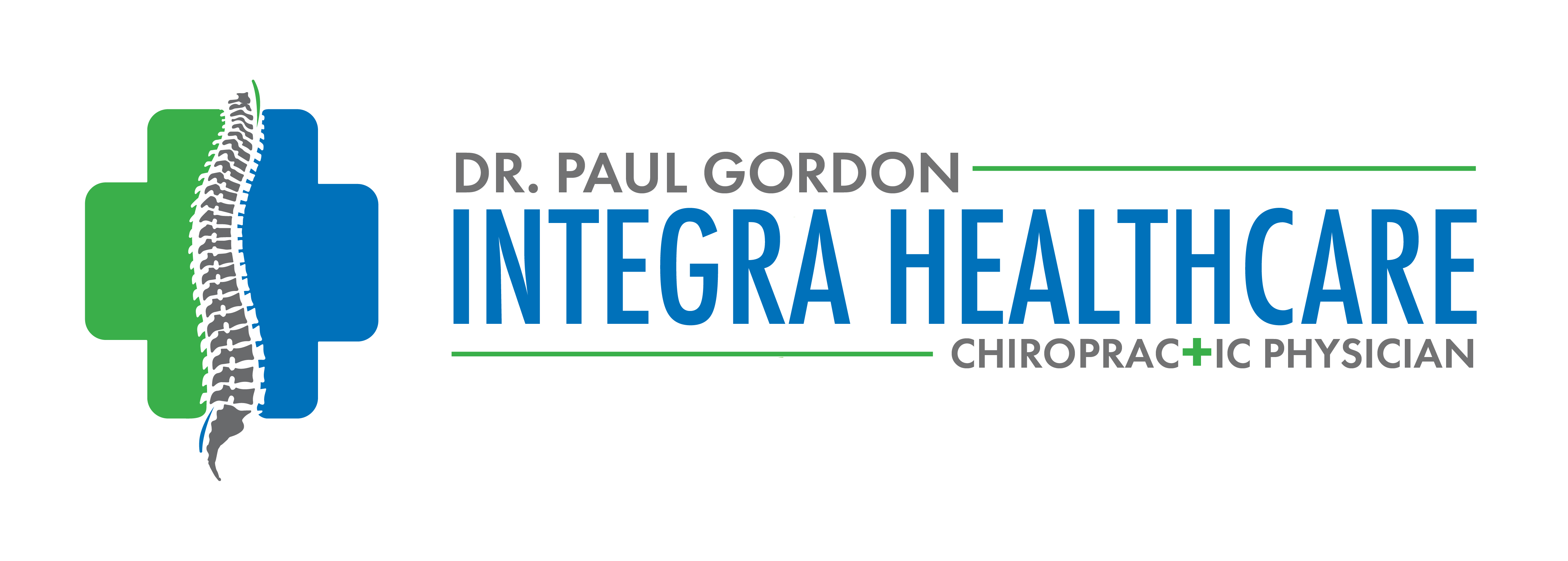Why You Should Consider Chiropractic If You Suffer From Frozen Shoulder
Adhesive capsulitis, also known as frozen shoulder, is a condition that causes pain and stiffness in the shoulder joint. The onset of symptoms is gradual, steadily worsening over time, then resolving. The entire process occurs over a one to three-year period. The limited range of motion in the shoulder that is a primary symptom is also one of the signs that doctors use to diagnose the condition. An x-ray may be used to determine if an underlying condition such as a broken bone or arthritis may be causing the problem.
What Causes Frozen Shoulder?
The shoulder is one of the most dynamic joints in the body. It has a very wide range of motion and endures a lot of wear and tear with normal use. The joint is a network of ligaments and tendons that connect bone and muscle. It is all encased in connective tissue capsule. When that tissue thickens, it constricts to tighten around the shoulder joint. This restricts movement and causes pain.
In some cases, the cause is due to an injury or other conditions, but in other cases the cause is unknown. There is some evidence that suggests people with diabetes and other chronic diseases are more likely to develop the condition. It is also more prevalent in people who have had an arm fracture or surgery – something that causes them to keep their shoulder immobilized for an extended period of time. Women (particularly postmenopausal women) tend to be at higher risk and it most often occurs in people who are 40 to 70 years old.
Treatment for Frozen Shoulder
Most treatments for frozen shoulder focuses on preserving the joint’s range of motion and minimizing pain. Over the counter medications like ibuprofen and aspirin are usually the first line of defense. They help reduce inflammation and pain. However, in more severe cases a doctor may prescribe anti-inflammatory drugs and pain medication. Physical therapy may also be an option.
Other treatments for frozen shoulder include:
- Shoulder manipulation – while the patient is under a general anesthetic, the doctor moves the shoulder to loosen the tightened tissue.
- Joint distension – sterile water is injected into the joint capsule. This stretches the tissue and improves range of motion.
- Steroid injection – corticosteroids are injected directly into the shoulder joint.
- Surgery – this is a last resort so it’s very rare, but the doctor may go in and remove the adhesions and scar tissue from inside the shoulder joint.
Chiropractic for Frozen Shoulder
Chiropractic is an effective treatment for frozen shoulder. Many patients see their general practitioner first to get a diagnosis and to make sure that there are no underlying conditions that should be treated before chiropractic is pursued. However, most chiropractors do have the capabilities to use x-rays and other diagnostic tools to adequately assess the patient.
A 2012 study involved reviewing the case files of 20 males and 30 female patients with frozen shoulder who underwent chiropractic treatment. All subjects sought treatment between 11 and 51 days with the median being 28 days. Of the 50 cases:
- 16 resolved completely
- 25 were 75% to 90% improved
- 8 were 50% to 75% improved
- 1 was 0% to 50% improved
Chiropractic can help reduce the pain, improve the shoulder’s range of motion, and speed recovery. The treatment depends on the symptoms that are present, how progressed the condition is, and how long the patient has had the condition.
One common chiropractic technique used to treat frozen shoulder is the Niel Asher Technique. It involves the manipulation of the joints and muscle tissues. The chiropractor applies pressure and stretches key points to help reduce pain and resolve the condition. It can make a tremendous difference in the patient’s life.
Leave a reply

Leave a reply